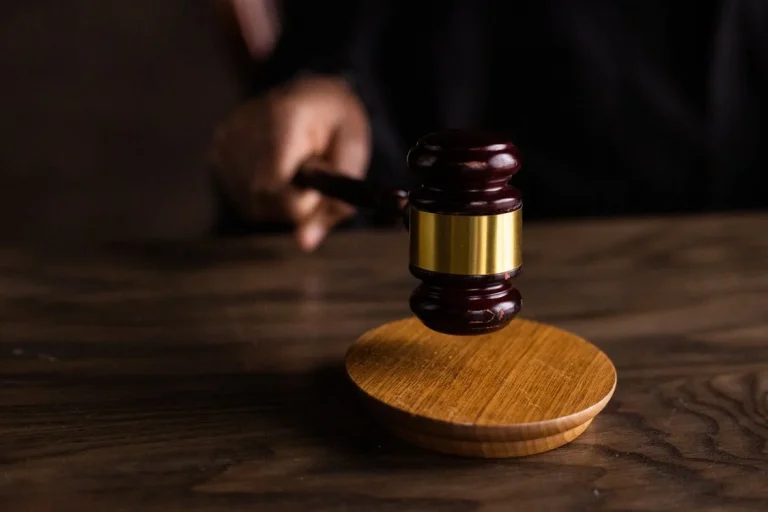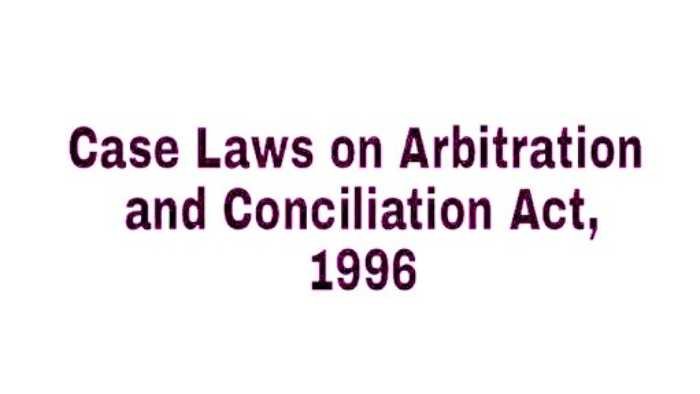Central Vigilance Commission is well known as CVC. The term vigilance means a watchdog/watch closely. The Central Vigilance Commission is formed to keep an eye on unfair practices and prevention from such practices. CVC deals with the matter of Corruption. This is a Statutory Body established in the year 1964 through the executive resolution of the Central Government. This body is formed after the recommendation of the Santhanam Committee on the prevention of corruption between 1962 to 1964. In the year 2003, an act of law was passed in parliament after which CVC became a Statutory Body which means CVC is a Constitutional Body.
Later, in the year 2004, CVC is designed for complaining about corruption and unfair use of office from “Whistle Blower” (means allocating or notifying and exposing corruption) fall under Public Interest Disclosure and Protection of Informer (PIDPI). It’s free from executive control and closely monitors each vigilance activity. For which every ministry has a Chief Vigilance Officer who is the head of the vigilance division. He also assists and advises the Secretary or Head of Office.
Composition of Central Vigilance Commission
CVC consist of a Chairperson who is known as Central Vigilance Commissioner. The salary of the CV Commissioner is equal to the salary of the UPSC Chairperson. It also consists of 2 other members who are known as Vigilance Commissioner. Their salary is equal to the amount of UPSC members. The CV Commissioner and Vigilance Commissioners are appointed by the President on the recommendation of the Prime Minister, Union Minister of Home Affairs, and leader of opposition in Lok Sabha. Their term of holding office is till the age of 65yr or 4 years respectively. These members are not eligible for re-appointment. These members can only remove by the President because of the following grounds;
- Found convicted for the offense of immorality.
- Holds any other office.
- If, unfit for holding office.
- The acquired interest can affect functioning.
- Found guilty under corruption charges. (President refer the matter to the Supreme Court)
Organizations under CVC
CVC consist of three organization- 1. Secretariat, 2. Chief Technical Examiner and 3. Commissioners for Department Inquiries.
- Secretariat is the administration department of the CVC. This organization consists of, Secretary, Joint Secretary, Deputy Secretary, and other staff members.
- Chief Technical Examiner deals with the technical work of the CVC. This consists of the Chief Technical Engineer (CTE) and supporting engineering members.
- Commissioners for Department Inquires these commissioners work as inquiry officers and conduct oral inquiries.
Functions of CVC
- Can inquire on the allegation made against the public servant of the central government for any offense fall under Prevention of Corruption Act, 1988.
- Inquiry against any complaint filed against a member of AIS (All-India Services) or any special level officer of the central government.
- Exercise supremacy above CBI.
- Provides direction to CBI.
- Review investigation was done or made by CBI.
- Advise the central government for any referred case.
- Receives matters for any suspicious transaction made under Prevention of Money Laundering Act, 2002.
CVC Jurisdiction
CVC jurisdiction covers matter over below mentions:
- Staff members fall under the category of All-India Services under Union and Group A class.
- Officials under scale rank V or above in Public Sector Banks.
- Officials of Grade D or above in Reserve Bank of India, NABARD and SIDBI.
- Officials above manager or manager of the general insurance company.
- Officials above senior divisional manager or senior divisional manager under LIC.
- Officials with a salary of 8,700 per month and above with dearness allowance under the central government.
CVC headquarter is allocated in New Delhi. It has the power of a civil court and can call anyone for information. It regulates its functioning/procedures. It also advises the union and authorities regarding actions and on non-agreement, the respective authority needs to mention a reason for the same. Need to provide an annual report of performance to the President.









